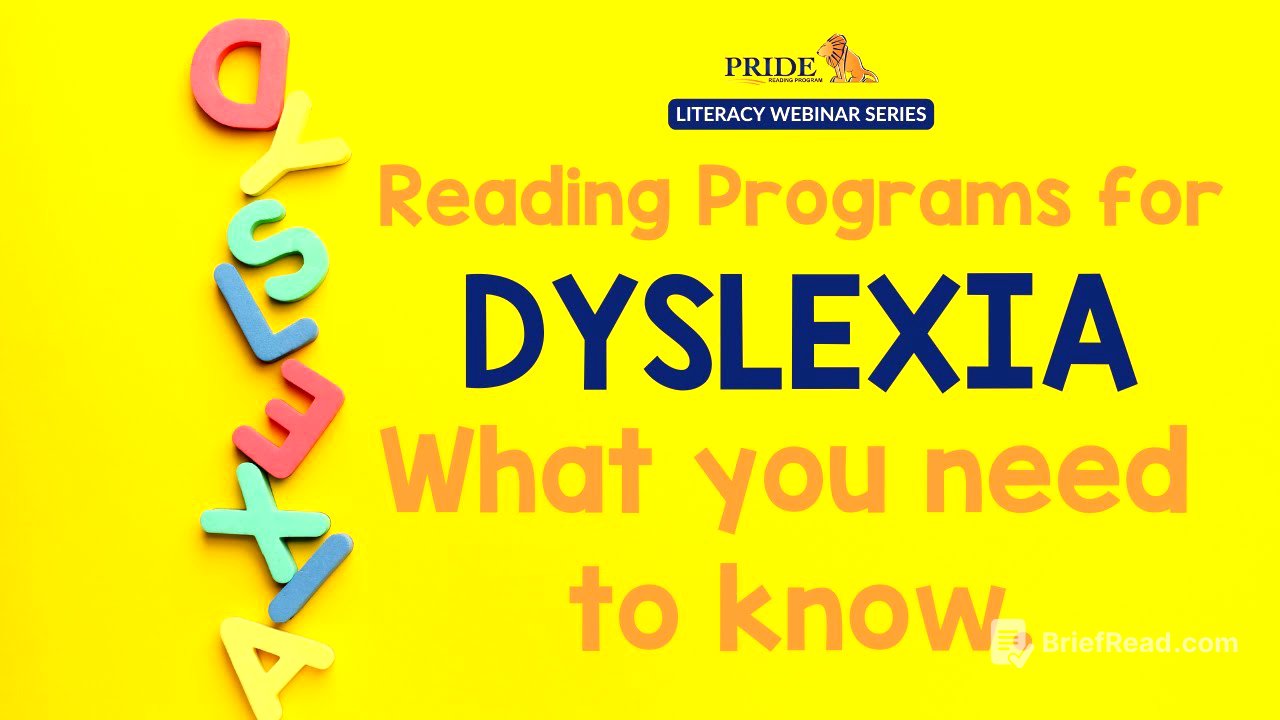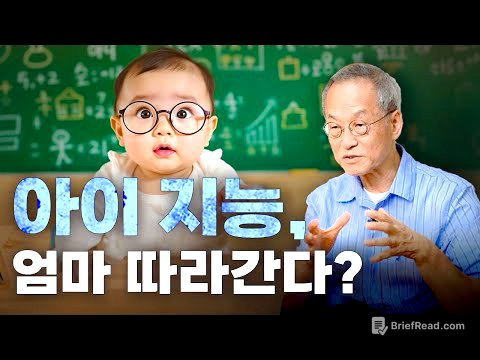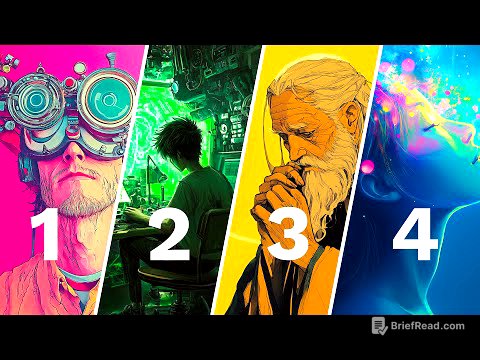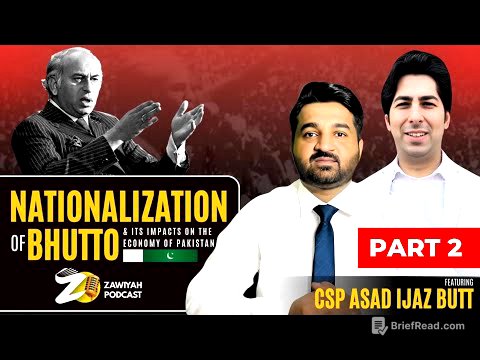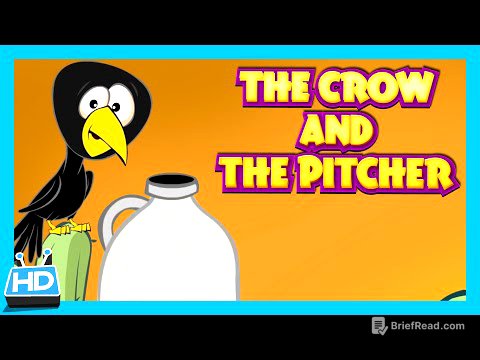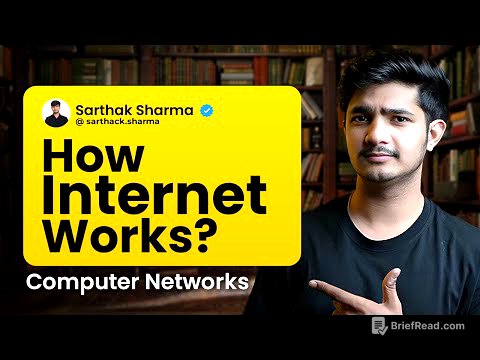TLDR;
This webinar discusses effective reading programs for students with dyslexia, emphasizing the Orton-Gillingham approach, structured literacy, and the science of reading. It contrasts these methods with ineffective approaches like guided reading and highlights the importance of structured, sequential, cumulative, diagnostic, and multi-sensory instruction. The goal is to provide educators and parents with the knowledge needed to support dyslexic students in developing strong reading skills and fostering a love for reading.
- Orton-Gillingham, structured literacy, and the science of reading are effective approaches for teaching reading to students with dyslexia.
- These programs are structured, sequential, cumulative, diagnostic, and multi-sensory.
- Guided reading and balanced literacy are not effective for struggling readers, especially those with dyslexia.
Introduction [0:00]
The webinar introduces the topic of reading programs for dyslexia, emphasizing that students with dyslexia can learn to read well with the right approach. It highlights that while reading comes naturally to many, it is not a natural process for individuals with dyslexia. The presentation aims to explore what constitutes an effective reading program for dyslexic students.
Orton-Gillingham Approach [0:36]
The Orton-Gillingham approach is a highly structured, repetitive, and multi-sensory method for teaching reading skills to students with dyslexia. It follows a step-by-step approach where students must master one reading skill before advancing to the next, ensuring no reading gaps when taught with fidelity. The principles of Orton-Gillingham include structured lessons with consistent strategies and activities, creating an anxiety-free environment.
Key Principles of Orton-Gillingham [1:38]
Orton-Gillingham is sequential, teaching skills in a logical order from simple to complex, including vowel patterns, multi-syllabic words, spelling rules, and morphology. It is also cumulative, building upon previously learned skills, with continuous review to ensure material is stored in long-term memory. The approach is diagnostic, using continuous student-teacher interaction and assessment to ensure fluency, which is vital for reading comprehension.
Multi-Sensory Approach and Science of Reading [2:54]
Orton-Gillingham uses a multi-sensory approach, incorporating sight, hearing, touch, and movement to help students learn. For instance, a student might look at a letter, listen to its sound, and trace it while speaking aloud. The science of reading, based on research over the past 20 years, identifies strategies that benefit all children, including those with and without dyslexia.
Structured Literacy and Conclusion [3:41]
Guided reading and balanced literacy are ineffective for struggling readers, particularly those with dyslexia, as they lack focus on necessary decoding skills. Structured literacy, an umbrella term defined by the International Dyslexia Association, encompasses reading programs like Orton-Gillingham and aligns with the science of reading. It addresses phonological skills, decoding, and spelling, making it suitable for students with dyslexia or decoding difficulties. The webinar concludes by emphasizing that children with dyslexia deserve a supportive learning environment and can achieve reading success with dedicated literacy support.
